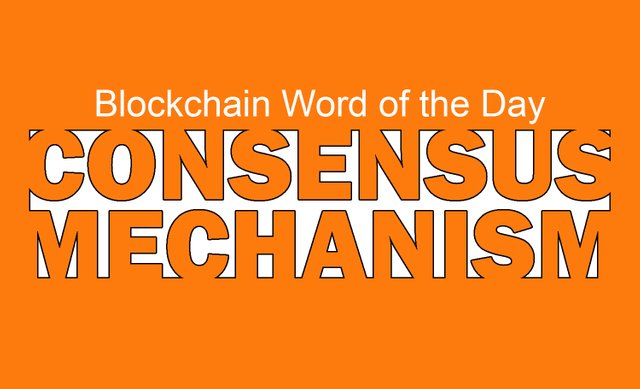
English
Blockchain is a distributed ledger that is “secured” by many nodes and validators, and a consensus is required between them in determining the validity of a data or state, so that in time a block can be added to the blockchain. The mechanism used to reach agreement (consensus) is called the Consensus Mechanism. Consensus Mechanism is the backbone and most fundamental concept of any blockchain[1].
There are at least eight types of Consensus Mechanisms currently available and used in blockchain technology[2], namely:
- Proof or Work (PoW). In PoW, miners solve complicated mathematical puzzles to produce a new block.
- Proof of Stake (PoS). In this mechanism, a randomized process is used to determine who gets a chance to produce the next block.
- Delegated Proof of Stake (DPoS). Users stake their tokens and vote for particular number of delegates (traditionally called “witnesses”) to create new blocks.
- Proof of Capacity (PoC). Solutions of complex mathematical puzzles are stored in stored in digital storages such as a hard drive and are used to create new blocks.
- Proof of Elapsed Time (PoET). In this mechanism, the producer of the new block is decided based on their waiting time.
- Proof of Identity (PoI). It uses a cryptographic evidence of a user’s private key which is cryptographically attached to a specific transaction.
- Proof of Authority (PoA). In this mechanism, the validators stake their reputation on the network. The nodes that become validators are the only ones allowed to produce new blocks.
- Proof of Activity (PoAC). It is a hybrid of PoW and PoS.
Previous Words
- Golden Cross, 20211002;
- Hardfork, 20211001;

Bahasa Indonesia
Blockchain adalah sebuah buku besar yang terdistribusi dan “diamankan” oleh banyak node dan validator, dan konsensus diperlukan di antara mereka dalam menentukan validitas sebuah data atau keadaan, sehingga pada saatnya sebuah block bisa ditambahkan ke dalam blockchain. Mekanisme yang dipergunakan untuk mencapai kepepakatan (consensus) tersebut disebut Mekanisme Konsensus. Mekanisme konsensus adalah tulang punggung dan konsep paling mendasar dari setiap blockchain[1].
Ada setidaknya delapan jenis Mekanisme Konsensus yang terdapat dan dipergunakan dalam teknologi blockchain pada saat ini[2], yaitu:
- Proof or Work (PoW). Di PoW, penambang memecahkan teka-teki matematika yang rumit untuk menghasilkan blok baru.
- Proof of Stake (PoS). Dalam mekanisme ini, proses acak digunakan untuk menentukan siapa yang mendapat kesempatan untuk menghasilkan blok berikutnya.
- Delegated Proof of Stake (DPoS). Pengguna melakukan “staking” token mereka dan memilih sejumlah orang (biasanya disebut "witness") dan mendelegasikan tugas untuk membuat blok baru kepada para witness ini.
- Proof of Capacity (PoC). Solusi untuk teka-teki matematika yang kompleks disimpan dalam penyimpanan digital seperti hard drive dan digunakan untuk membuat blok baru.
- Proof of Elapsed Time (PoET). Dalam mekanisme ini, produsen blok baru ditentukan berdasarkan waktu tunggu mereka.
- Proof of Identity (PoI). Mekanisme ini menggunakan bukti kriptografi dari kunci pribadi pengguna yang secara kriptografis terkait kepada transaksi tertentu.
- Proof of Authority (PoA). Dalam mekanisme ini, validator mempertaruhkan reputasi mereka di jaringan. Node yang menjadi validator adalah satu-satunya yang diizinkan untuk menghasilkan blok baru.
- Proof of Activity (PoAC). Ini adalah perpaduan dari PoW dan PoS.
Kata-kata Sebelumnya
- Golden Cross, 20211002;
- Hardfork, 20211001;

Steem On. Thanks For Stopping By.



shared on https://twitter.com/aneukpineung78a/status/1444641690791264265.
Downvoting a post can decrease pending rewards and make it less visible. Common reasons:
Submit